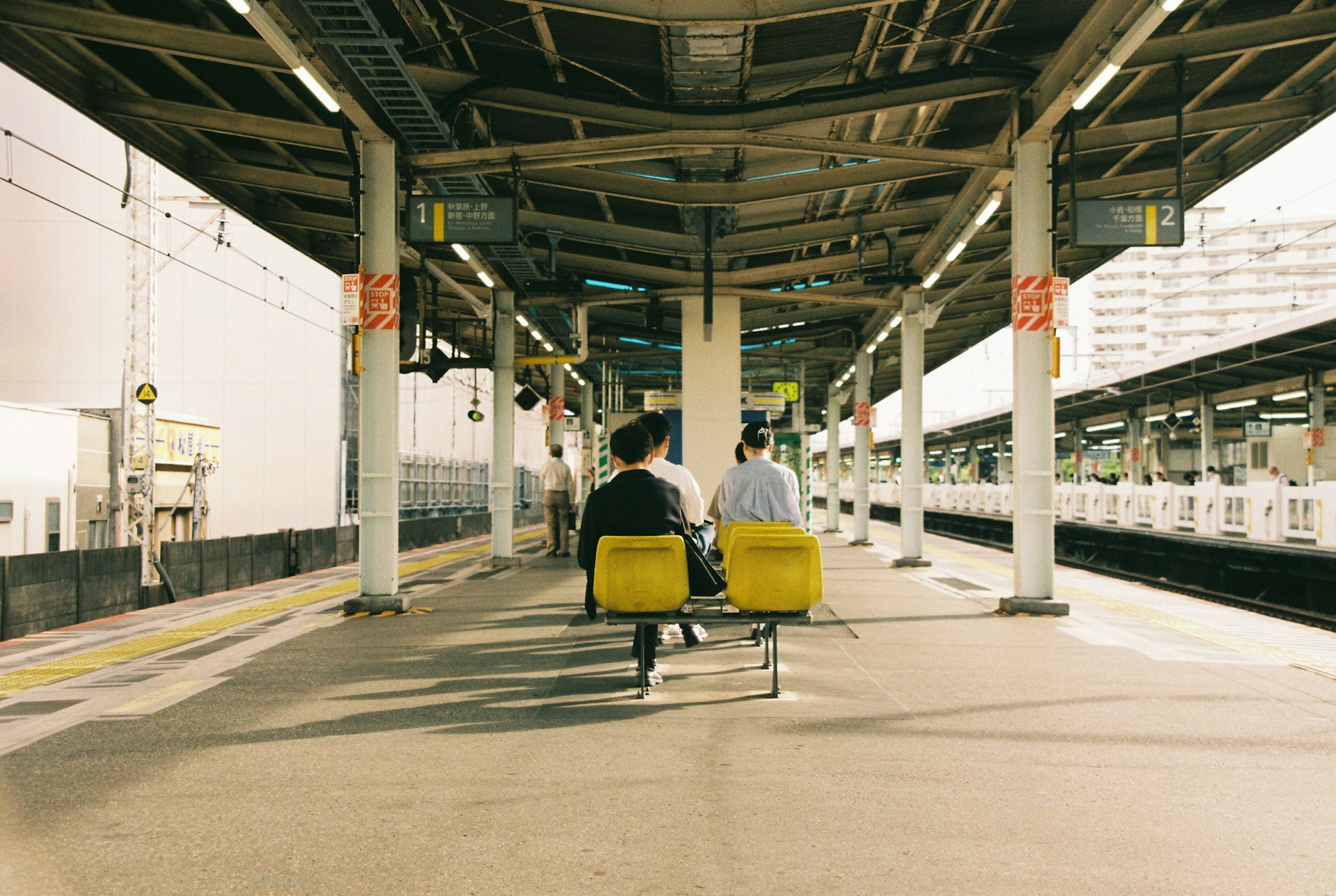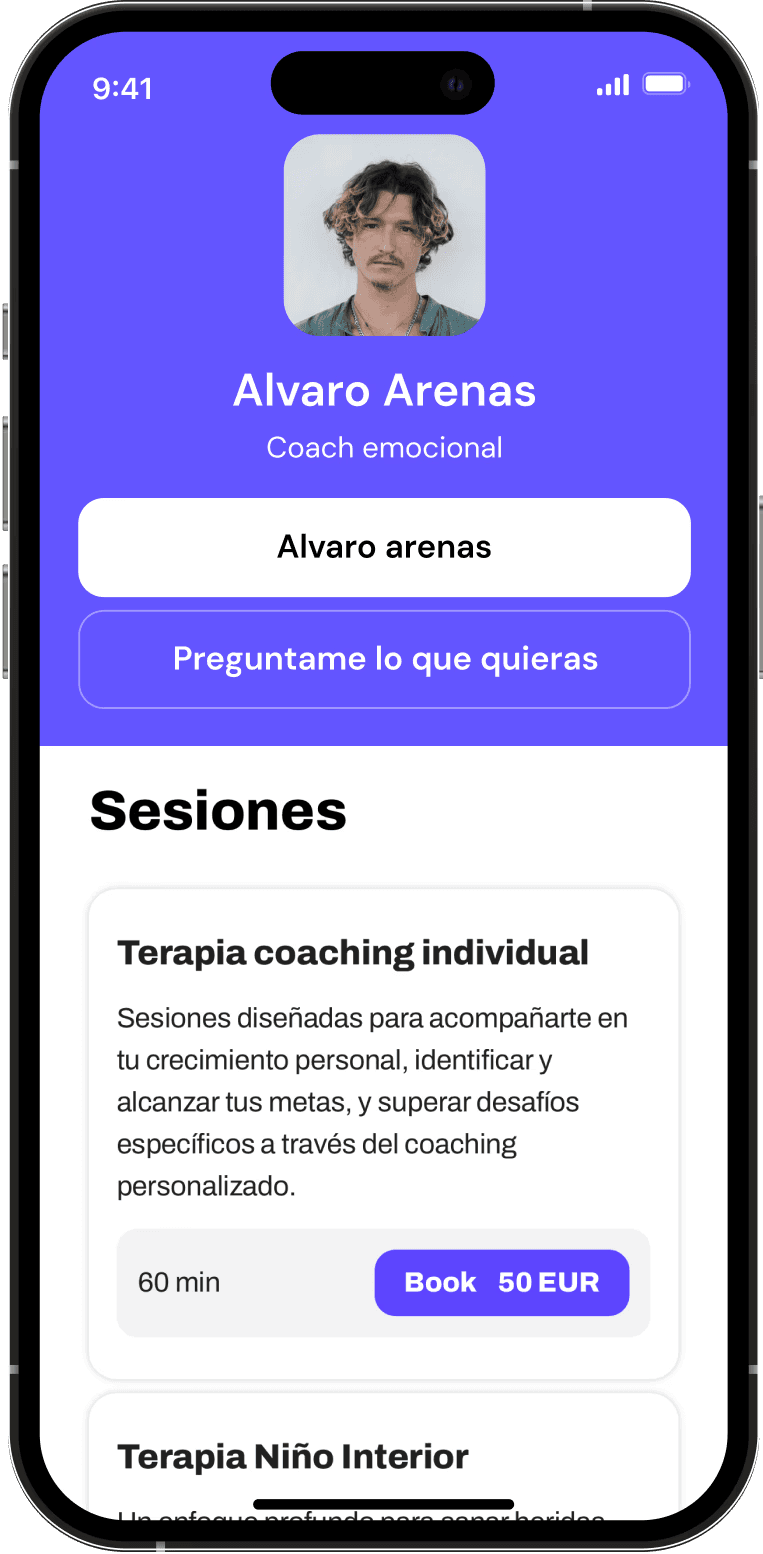Finding the Best Website Builder Locally
10 nov 2024
freelancing

In today's digital age, having a website is no longer a luxury but a necessity for businesses of all sizes. Whether you own a small business or run a startup, a good website can boost your online presence and help your business grow. A well-designed website serves as the face of your business in the online world, acting as a digital storefront that operates 24/7. It not only helps in attracting potential customers but also in building credibility and establishing a brand identity. But how do you find the best website builder locally? With so many options available, it can be overwhelming. The abundance of choices might lead to confusion, making it difficult to distinguish between quality service providers and those that might not meet your expectations. Let's dive into the essential steps to finding the right local web design expert for your needs.
Introducing Deskwing.io: A No-Code Website Builder for Freelancers
As you explore your options, consider using Deskwing.io—a no-code website builder specifically designed for freelancers. Deskwing.io allows you to create an easy-to-manage website without any coding experience, enabling you to showcase and sell your digital services effortlessly. What sets Deskwing.io apart is that you can build your site and monetize your services all for free until you start making money. This makes it an ideal choice for freelancers looking to establish their online presence and generate income without upfront costs.
Understanding the Importance of Local Web Design
When looking for a website builder, you might wonder why it's important to choose someone local. There are numerous advantages to working with a local web designer that you might not get from a remote service provider. Here are a few reasons why local web design can be beneficial:
Face-to-Face Communication
Working with a local web design expert allows for face-to-face meetings, which can be invaluable. In-person interactions provide a level of communication that can't be replicated through emails or phone calls. Being able to discuss your ideas and see how they understand your vision in person can make a significant difference in the outcome of your project. This direct form of communication often leads to more efficient problem-solving and a clearer understanding of project goals. It also helps build trust and ensures clear communication throughout the process. Face-to-face meetings can also foster a stronger working relationship, leading to better collaboration and results.
Familiarity with Local Market
A local website builder will have a better understanding of the local market and your specific industry needs. This insight allows them to create a website that resonates with your local audience, incorporating local trends and preferences into the design. They can tailor your website to attract and engage your target audience effectively. Their local knowledge can also help in optimizing your website for local search, improving your visibility in local search results. This local insight can be especially helpful for businesses that rely heavily on local customers. By understanding the nuances of the local market, they can create a site that truly speaks to your community.
Easier Accessibility
With a local web design professional, you can easily access their office if you need to discuss something urgent or require immediate support. This proximity can be crucial when you need quick adjustments or face a technical glitch that requires immediate attention. This accessibility can save you time and stress, ensuring that your website remains up and running smoothly. Knowing that you can drop by or have them come to you if needed provides peace of mind. Local accessibility also means that you can have more frequent interactions, which can lead to a more tailored and responsive service.
Steps to Finding the Best Website Builder Near You
Step 1: Define Your Website Needs
Before you start searching for a local web design expert, it's crucial to define your website needs. Understanding your requirements in detail will guide your search and help you find a designer who can meet your expectations. Consider the following questions:
What is the primary purpose of your website? (e.g., e-commerce, informational, portfolio)
What features and functionalities do you need? (e.g., contact forms, booking systems, product catalogs)
How much are you willing to spend on web design?
Having a clear understanding of your needs will help you communicate your expectations and find a web designer who can meet them effectively. It will also prevent scope creep and ensure that you stay within your budget and timeline. Moreover, knowing your goals will help you prioritize the elements that are most important for your website's success.
Step 2: Research Potential Candidates
Begin your search by looking for web design professionals in your area. A comprehensive search will help you identify a variety of candidates with different styles and specialties. You can start by:
Online Searches: Use search engines and type in keywords like "web design near me" or "website builder near me" to find local professionals. Refine your search with specific requirements, such as industry expertise or specific services offered.
Social Media: Check platforms like LinkedIn, Facebook, and Instagram for local web designers and agencies. These platforms can provide insights into their work culture and client interactions.
Local Directories: Websites like Yelp or Google My Business can provide reviews and ratings of local web design experts. These reviews can offer insights into the experiences of past clients and the reputation of the designers.
Step 3: Review Their Portfolios
Once you have a list of potential candidates, review their portfolios. A portfolio showcases a designer's skills, creativity, and versatility. A portfolio will give you insight into their design style, experience, and the types of projects they've worked on. Look for websites that are similar to what you're envisioning and assess the quality of their work. Consider how they solve problems and whether their style aligns with your vision. Reviewing their past work can also give you ideas and inspiration for your own project.
Step 4: Check Client Testimonials
Client testimonials and reviews can provide valuable information about a web designer's professionalism and reliability. These testimonials often highlight the strengths and weaknesses of a designer, giving you a clearer picture of what to expect. Look for feedback on their communication skills, ability to meet deadlines, and overall client satisfaction. Testimonials can also give insights into how the designer handles challenges and client feedback. This step will help you gauge whether they're a good fit for your project. Positive testimonials can reinforce your decision, while negative ones can be a red flag.
Step 5: Schedule Consultations
Narrow down your list to a few top candidates and schedule consultations. These meetings are your opportunity to dive deeper into their expertise and approach. During these meetings, discuss your project in detail and ask about their process, timelines, and pricing. Use this time to clarify any doubts and explore their problem-solving abilities. This is also an excellent opportunity to see if you have a good rapport with the designer. A comfortable working relationship can significantly impact the success of your project.
Step 6: Evaluate Proposals
After your consultations, evaluate the proposals you receive. These proposals will outline the scope of work, costs, and timelines, providing a clear picture of what each designer offers. Consider factors such as:
Cost: Ensure the proposal fits within your budget. Compare the value offered by each proposal, not just the price.
Timeline: Make sure their timeline aligns with your goals. A realistic timeline is crucial for planning your launch and marketing strategies.
Scope of Work: Confirm that the proposal includes all the features and functionalities you need. Ensure that there's a clear understanding of deliverables and responsibilities.
Step 7: Make Your Decision
With all the information gathered, it's time to make your decision. Take into account all the factors discussed and weigh the pros and cons of each candidate. Choose the web designer who best meets your needs, budget, and timeline. Remember, the cheapest option isn't always the best. Consider the value and quality you'll receive for your investment. A well-chosen designer can contribute significantly to your business's growth and success.
Maximizing Your Relationship with Your Local Web Designer
Once you've chosen a local web design expert, it's important to maintain a strong working relationship. This relationship can lead to long-term collaboration and continued support for your website. Here are some tips:
Communicate Clearly
Ensure that you communicate your expectations and goals clearly from the start. Clear communication sets the foundation for a successful project and reduces the likelihood of misunderstandings. Regular check-ins and updates can help keep the project on track and address any issues promptly. Use these opportunities to discuss progress and any changes in direction. Staying engaged throughout the process ensures that the final product aligns with your vision.
Provide Constructive Feedback
If you're not satisfied with something, provide constructive feedback. Feedback should be specific and focused on solutions rather than problems. A good web designer will appreciate your input and work to make the necessary adjustments. Constructive feedback can lead to improvements and innovations in the project. Open communication about what works and what doesn't can enhance the final outcome.
Trust Their Expertise
While it's important to communicate your vision, remember that your web designer is an expert in their field. Trusting their expertise can lead to a more effective and professional website. Trust their recommendations and be open to their suggestions. They have the experience and knowledge to know what works best. Collaboration is key to creating a successful website. By combining your vision with their expertise, you can achieve the best results.
Plan for the Future
Discuss long-term plans for your website with your designer. Planning for the future ensures that your website remains relevant and effective over time. Whether it's regular updates, SEO optimization, or adding new features, having a plan in place can help keep your website current and effective. Consider discussing maintenance and support options to ensure ongoing performance. A proactive approach to future needs can maximize your website's potential.
Conclusion
Finding the best website builder locally doesn't have to be a daunting task. By understanding the importance of local web design and following these steps, you can find a professional who will help bring your vision to life. A well-chosen partner can transform your ideas into a functional and attractive online presence. Remember, a well-designed website is an investment in your business's future success. Take the time to choose the right partner, and you'll reap the benefits for years to come. With the right local web designer, you can ensure that your website not only meets your current needs but also evolves with your business.



